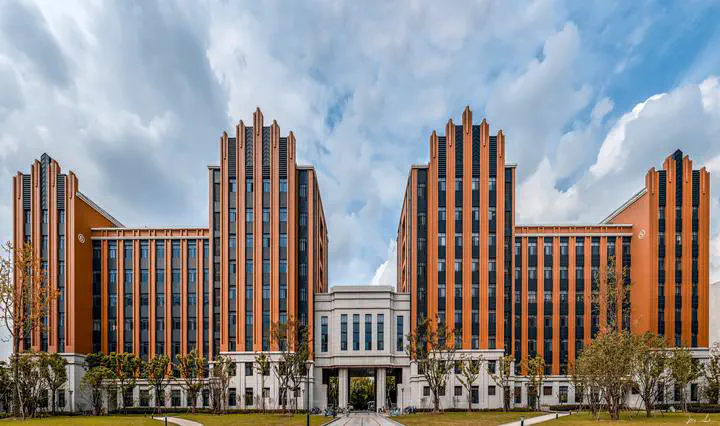 Image credit: Unsplash
Image credit: UnsplashAbstract
Perhaps the most striking finding regarding long-term memory over the past 10 years is that neural representations would drift over time though animal behavior remains stable, and this phenomenon, dubbed representational drift (RD), has been found ubiquitous across the brain. In this talk, I will give a review on recent progress in investigating the causes and consequences of RD but with a specific focus on our recent work seeking to interpret RD as the inevitable consequence of synaptic turnover induced by memory storage: Memory systems with biologically constrained synapses have been the topic of intense theoretical study for over thirty years. The most fundamental and far-reaching finding from this work is that the storage of new memories implies the partial erasure of already-stored ones. This overwriting leads to a decorrelation of sensory-driven activity patterns over time, even if the input patterns remain similar. RD should therefore be an expected and inevitable consequence of ongoing memory storage. We tested this hypothesis by fitting a network model to data from long-term chronic calcium imaging experiments in mouse hippocampus. Synaptic turnover in the model inputs, consistent with the ongoing encoding of new activity patterns, accounted for the observed statistics of RD. This mechanism also provides a parsimonious explanation for the recent finding that RD in CA1 place cells has two distinct components: one which depends only on the passage of time, and another which depends on the time spent exploring a given environment. Furthermore, in the context of ongoing learning, the drift rate of any one memory depends on its repetition rate, a mechanism which can reproduce the diverse effects of experience on drift found in experiment. Our results suggest that RD should be observed wherever neuronal circuits are involved in a process of ongoing learning or memory storage.